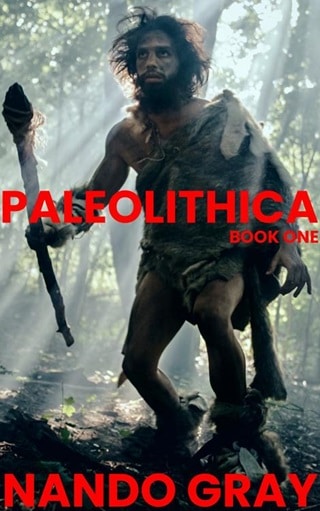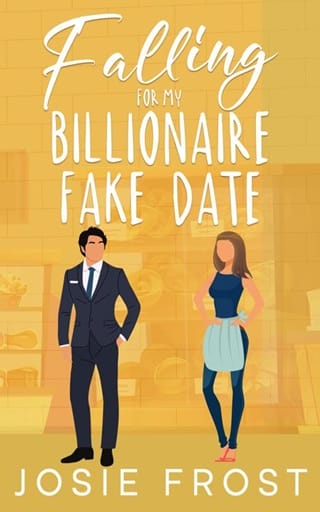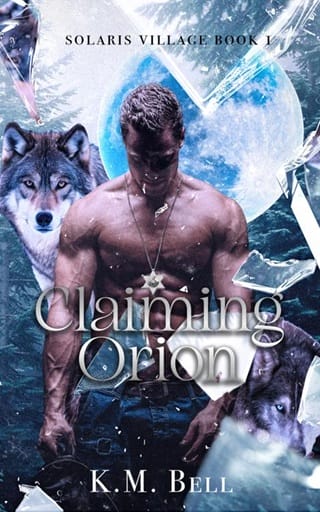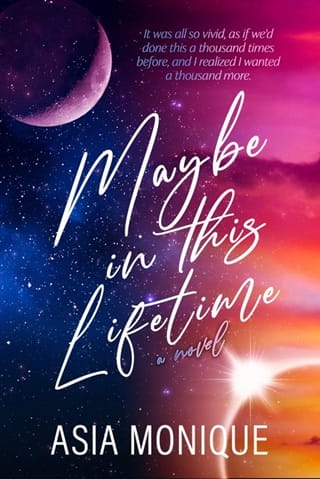29. Epilogue.
JOSEPHINA
CHAPTER 29
October 1st, 2024.
October 1st, 2024.
It's been another exhausting day at the excavation site. With each passing season, I feel my age taking its toll. My hands ache more readily now. My back never quite feels as limber as it once did. But the work keeps me young. And I feel eager—no… not eager… compelled… Yes, I feel compelled to see it done. It's inexplicable, really, but I feel like some faint notion or intuition led me here. The others would think me mad if I were to bring it up with them, so I've kept the disquiet of my feelings to myself.
It's been almost six months since we began our paleontological project on Vancouver Island—just north of Victoria, the regional capital. I would be lying if I said I didn't miss the woods of Vermont. And with the fall here, I yearn for a fire in my pellet stove and a cup of hot tea while I look out over the fiery foliage. Of course, it's fall here too, but the evergreens dominate this landscape.
Some call them the King of the Forest, and I can understand why. They tower over their dominion, living sentinels of the history that transpired here. That brings me to today's discovery: a couple. They are the sixth such pair we've exhumed from what we presume was the tribe's ceremonial burial grounds.
When we discovered the first set of remains, it was unclear if we had discovered the site of an ancient battle or perhaps the tragic vestiges of a natural disaster. Once we'd exhumed the bones fully and done genomic testing on them, we realized they were both male. The second set, their skeletons laid out side by side, were buried with their hands similarly intertwined. Also male. By the fifth couple, the pattern was clear: we had found a village. But this village wasn't like any we've found before. The skeletons were almost entirely same-sex couples. It is as though this culture was some form of modernistic, pluralistic society that existed during a time when it is inconceivable that such notions could have been commonplace.
And yet here we are. The sixth couple, the one I stumbled across just after breakfast this morning, held a mystery even more perplexing than any of the rest. It would appear that these two were of some sort of significance to the tribe. They were buried with a series of totemic objects: a spear, the fang of a sabertooth, and, most inexplicable of all, a stone.
The stone is like nothing I've ever seen. It feels like glass, but it cannot be. Not because the technology would be inconceivable—there is evidence of early pottery and even metalsmithing in many Paleolithic societies. No, it isn't glass because when we ran it through various spectrographic and radiologic scans and compared them to a three-dimensional image of the artifact, what we found was incontrovertible: it predates the Earth by billions of years.
I ran the tests myself after the preliminary results came back, and each time, the data was incontrovertible. So, we've kind of stepped into the unknown here. And that's not all. As I write this, the moon has risen high above me. The sphere—we're now calling it "the Moonstone"—produces a brilliant prismatic light when it catches moonbeams. At first, I thought it must have been some trick of the eye or some strange refraction effect. But it's something else. And so I am now pivoting. The excavation of the tribe will continue, of course. There are countless more graves to catalog, not to mention the vast village and ceremonial sites we detected using ground-penetrating radar. It will take years to finish what we've started here. I only hope I have the years left in my life to see it done. But I will be splitting my time now.
Tomorrow, I will begin my journey to decipher what story the Moonstone is trying to tell me. I believe it has something to do with the love stories we've begun to uncover here. Only time will tell.
Until then,
—Josephina
 Fullepub
Fullepub 



